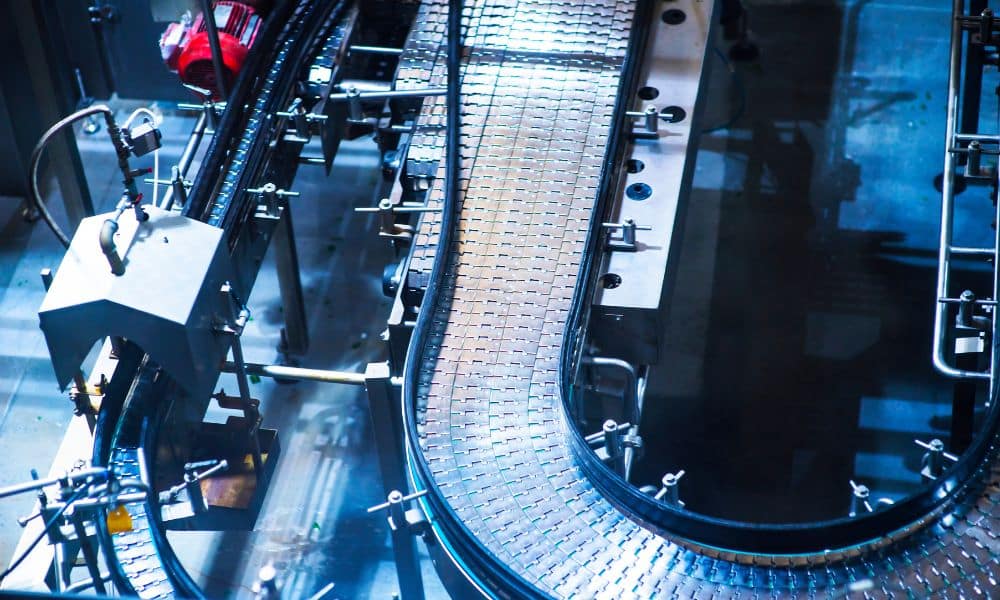
Conveyor belts are commonly used in factories, warehouses, and other industrial settings to efficiently transport goods from one area to another. However, conveyor belts require a lot of energy for operation. But with the right technology and systems, you can reduce this energy consumption and save money. Here’s how the right conveyor belt can cut energy costs.
Energy-Efficient Motors
Energy-efficient conveyor belt motors are becoming increasingly popular for businesses looking to save money on energy costs. These motors use less electricity than traditional motors, meaning they have a lower operating cost and require less maintenance over time. They also can be more reliable and generate less heat during operation, making them an ideal choice for applications where temperature control is important. Ultimately, investing in energy-efficient conveyor belt motors can help businesses save money on their energy bills while improving productivity and reliability across all areas of operations, including transportation, production, and quality assurance processes.
Troughing Idler Technology
Troughing idler technology is another key component of modern conveyor belt systems that can help improve the energy efficiency of these systems. Idlers are rollers that support the weight of the material carried on a conveyor belt, enabling it to move freely along its length. Troughing idlers use an inclined angle, or trough, to create an even distribution of pressure throughout the system and reduce friction on the belt. This process helps minimize strain on drive motors, reducing power consumption. Troughing idlers also provide extra stability for long runs by ensuring uniform tension across all parts of a conveyor line. And they help protect against excessive wear caused by materials being transported at high speeds. These benefits make the troughing idler technology ideal for industries where uninterrupted production is essential.
The Use of Sensors
Conveyor belt sensors and variable frequency drives (VFDs) are important components that help save energy by automatically turning off the power to the system when no products are present. Sensors detect any changes in pressure or weight along the length of the conveyer belt, then signal for a VFD to adjust its speed accordingly. This process ensures only necessary amounts of energy are used at any given time. These sensors have become increasingly popular due to their cost-effectiveness and ability to reduce waste. They also offer improved safety measures since they can be programmed with specific parameters, such as maximum load limits preventing overloading during operation. And some modern sensors also come equipped with predictive analysis capabilities that enable them to anticipate potential problems before they occur.
Now that you know how to cut conveyor belt energy costs, you can save some energy and money for your business. If you’re looking for belt conveyor systems manufacturers, check out Cambelt for our high-quality products.
